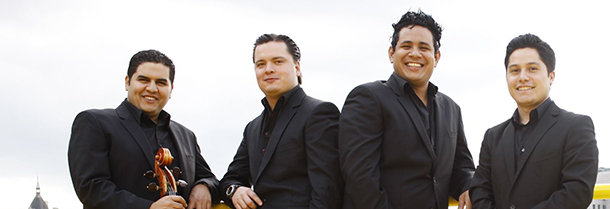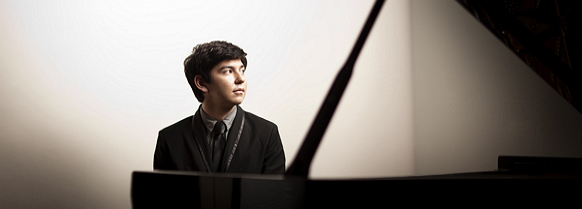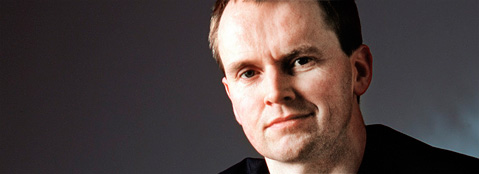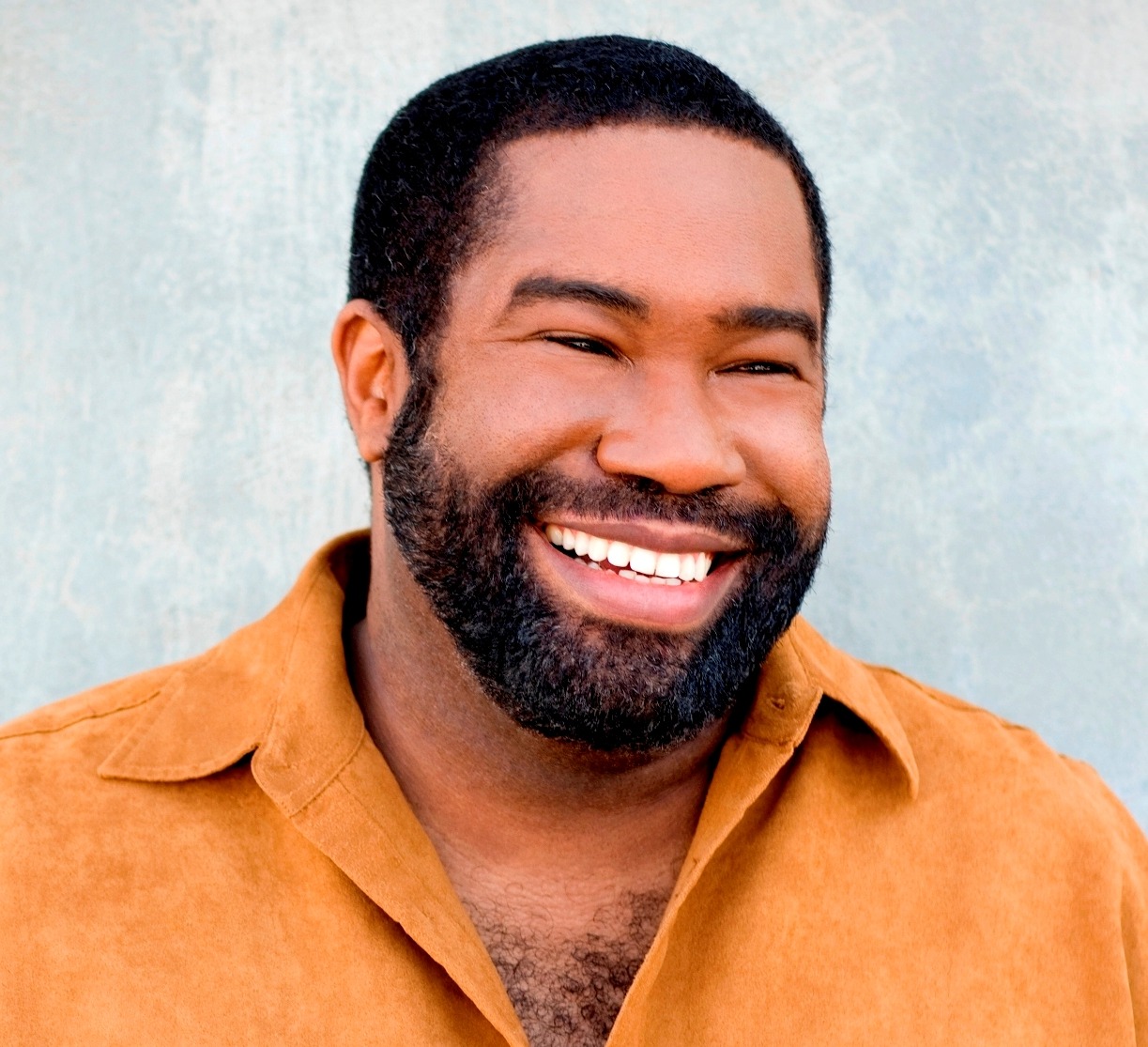Tag: Ravel
-

-

-

A CHANGE TO OUR FIRST CONCERT IN THE 2017-18 SEASON
The Simón Bolívar String Quartet’s scheduled performance at the Vancouver Playhouse on September 17 has been postponed to a future season. The current volatile and violent situation in Venezuela, which has heightened following last week’s election, has made it almost impossible for the quartet to navigate around Caracas to make arrangements for their North American tour.…
-

PROGRAM NOTES: BEHZOD ABDURAIMOV
Ludwig van Beethoven: Sonata in A flat, Op. 26 Beethoven begins to move away from the norms of the classical tradition in this unconventional four-movement sonata without a single movement in traditional sonata- allegro form. It opens with a noble, almost ceremonial theme with five variations, all based, to some degree, on the principle of rhythmic…
-

PROGRAM NOTES: STEVEN OSBORNE
Ludwig van Beethoven Piano Sonata (“Moonlight”) in C sharp minor, Op.27, no.2 (Sonata quasi una Fantasia) The year 1801 marked not only the dawn of a new century, but also a significant new approach on Beethoven’s part to matters of form and structure in the piano sonata. The bold use of unusual and exotic keys,…




